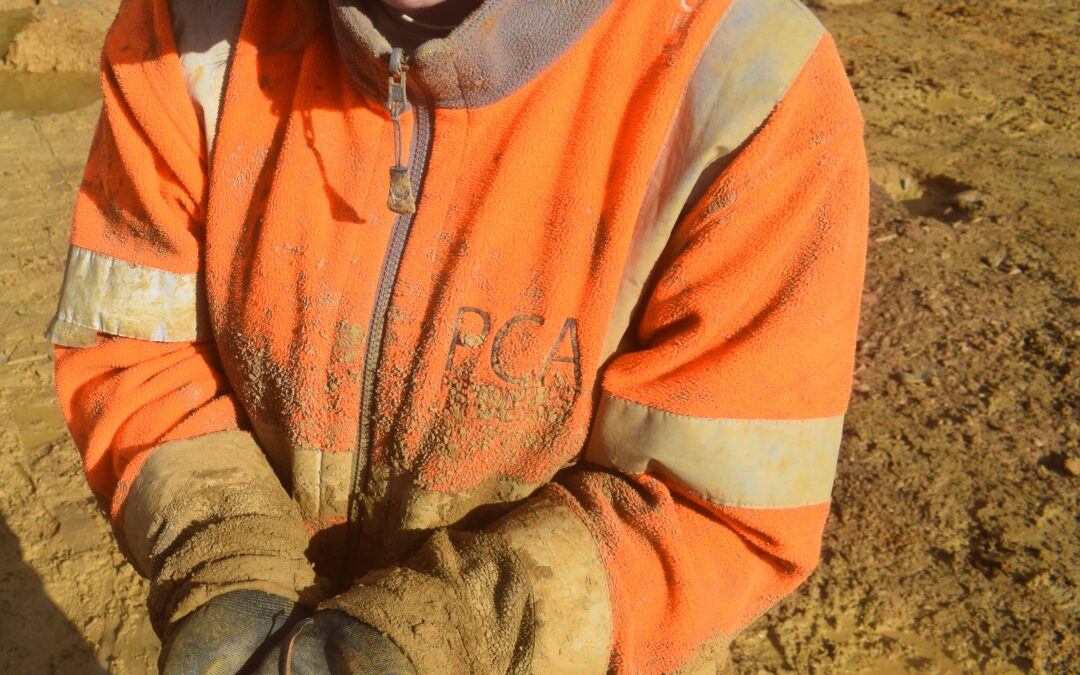During the pre-construction archaeology at the College’s Norham St Edmund site in North Oxford, archaeologists from Pre-Construct Archaeology (PCA) have discovered a Roman brooch, dating roughly to the 1st and 2nd centuries AD (40–c. 200 AD). Unearthed by Emma Cowdell, one of PCA’s field archaeologists, the copper-alloy brooch was likely used as both a decorative and functional item to hold items of clothing together while worn.

Archaeological ditches at the Norham St Edmund site
Jon Ward, PCA archaeologist, also remarked that “The ‘bow’ shape of the brooch is typical of a Colchester derivative type, modelled on earlier Iron Age brooches found in East Anglia and popularised across England by the Romans.” Similar samples have been found across the Cherwell Valley and Vale of the White Horse areas of Oxfordshire. Importance has also been placed on the surviving delicate pin and spring of the brooch, which is uncommon.

The newly discovered Roman brooch, dated 40–c. 200 AD
Designed by Wright and Wright Architects and housed in a mixture of new Passivhaus-certified buildings and a remodelled 1874 Victorian villa, the Norham St Edmund project will create 127 ensuite bedrooms with facilities and five biodiverse gardens to provide a new sustainable study and living experience for our students.
If any alumni have questions about the Norham St Edmund development or would like to know how to get involved, please contact Andrew Vivian, Fellow and Director of Development, via andrew.vivian@seh.ox.ac.uk or +44 (0)1865 279096.

